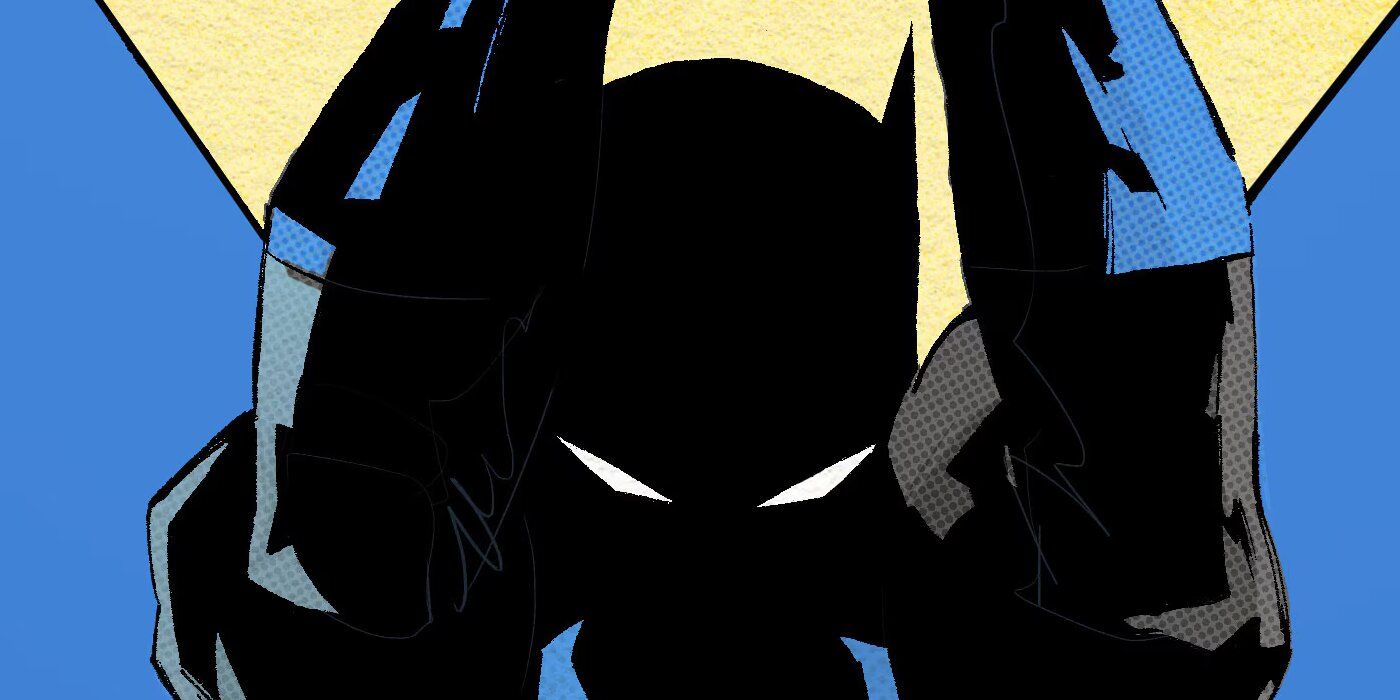And when we do get represented, it’s often in stereotypical ways—think silent maids, hypersexual love interests, or drug-slinging criminals. “Queen of the South” undoubtedly falls into that last category as it follows Teresa Mendoza from changing money on a corner in Culiacán, Mexico to running an international cartel from New Orleans, LA. The media’s focus on the drug trade gives the wrong impression about Latinx communities—reinforcing the idea that we’re all criminals, coming to the United States as destructive forces rather than law-abiding families and workers.
That said, “Queen of the South’s” rather singular, Latina perspective allows it to do things other shows can’t or won’t—like exploring the differences between Latinx groups. In this show, there is no pan-Latin American experience. The Cubans are different from the Mexicans, the Colombians are different from the Bolivians and so on. It’s partly accents and fashion—various lisps and dropped syllables in Spanish, crisply tailored button downs for the Cubans in Miami and gaudy prints, leather pants, and big hats for the Mexicans. But it’s also culture, understanding the ways different groups define concepts as varied as strength, loyalty, and family. While some of the in-jokes about specific nationalities may be lost on Anglo audiences, this layering adds richness to the show, the specificity making characters feel like people rather than types.
That attention to differences within Latinx communities is a rarity in U.S. productions to say the least—and it’s not the only or even most conspicuous way “Queen of the South” brings freshness to the overplayed Narcos genre. That honor clearly falls to how the show plays with gender, putting women at its center. A notoriously masculine space, drugs and their corresponding tales generally relegate women to wives and mistresses, not key players. But “Queen of the South” is different.
First there’s Teresa, who starts out in that typical role. In her back story, we learn she was “rescued” from her lowly hustle by a fair-skinned middle-rank cartel member, becoming his well-kept girlfriend in fancy clothes and a lush apartment. The show starts, though, when that boyfriend crosses his bosses and she (along with her best friend, the fabulous Justina Machado) have to flee for their lives. Soon Teresa is fending for herself, literally fighting those who would kill her and also making deals with higher ups in the cartel to assure her safety (and rise through the ranks). In the first half of the show, her largest foe turns out (spoiler) not to be that still-alive ex-boyfriend or the men who want him dead. But rather the woman who helps her survive that first onslaught, Veronica Falcón’s Camila Vargas.
You can view the original article HERE.




























